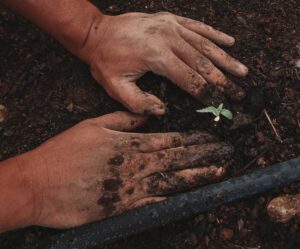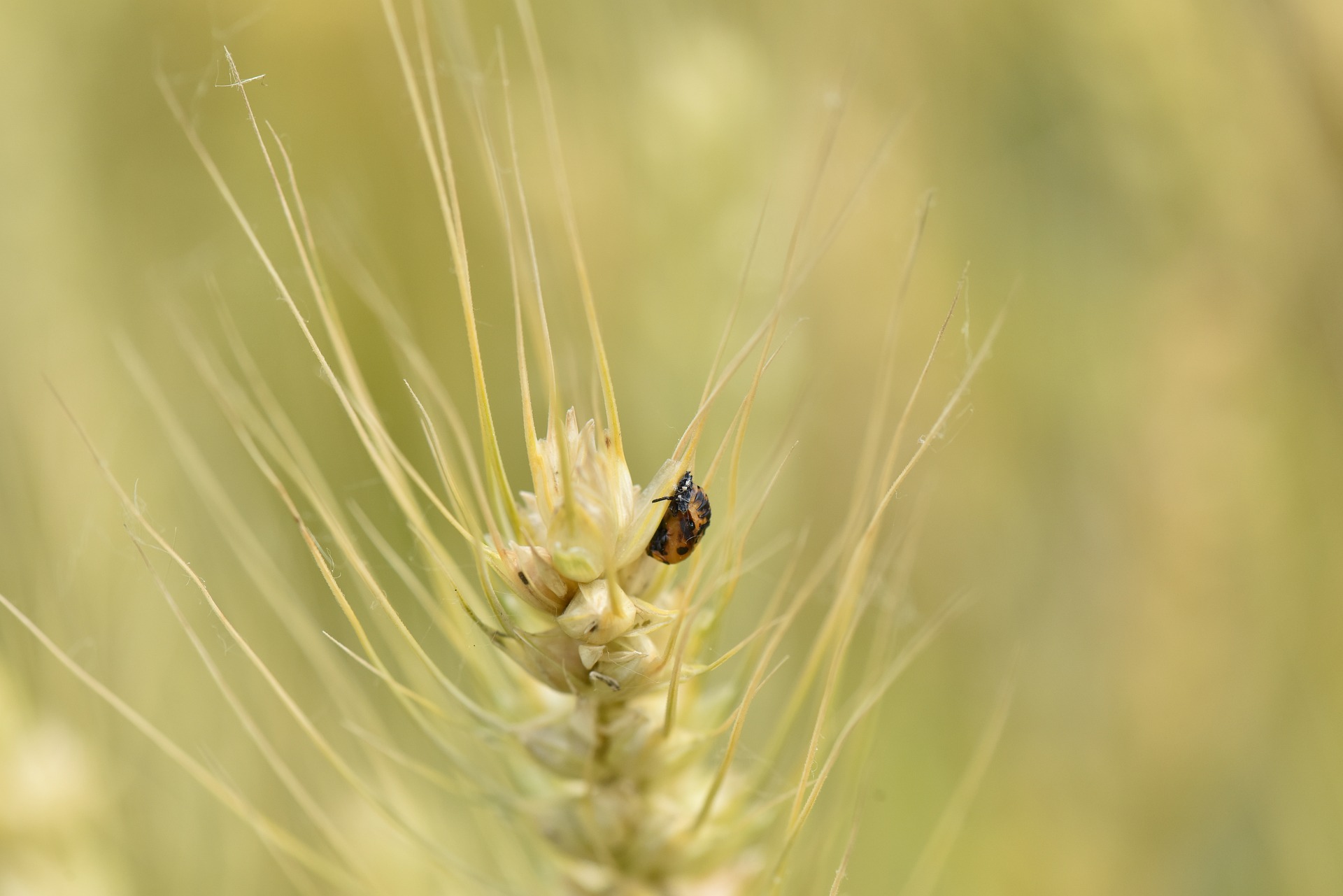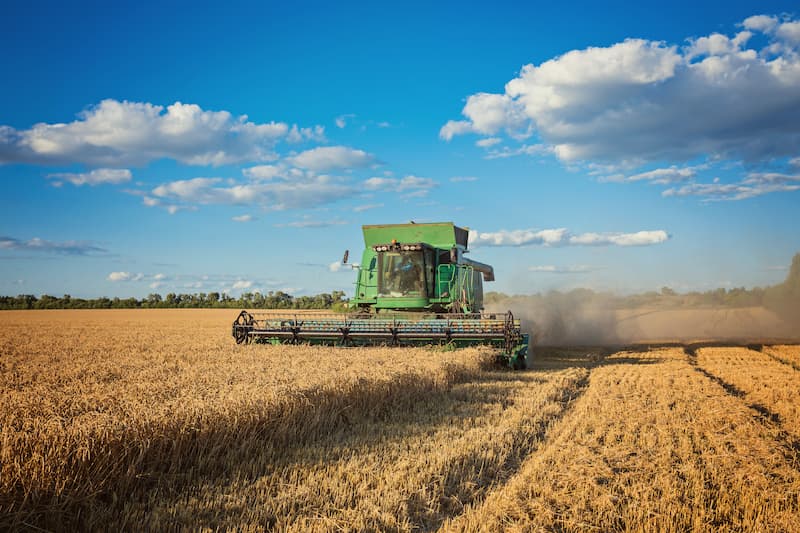Tips and Techniques for Successful Wheat Farming
Winter wheat farming can be a challenging task for farmers, but with the right techniques and tips, you can ensure a successful harvest. Here are some tips and techniques to help you deal with some of the possible challenges and increase your wheat farming yield.
Choose the Right Variety of Wheat

Prepare the Soil Well

Plant at the Right Time

Monitor Watering and Irrigation

Implement Appropriate Pest and Disease Management Strategies

Harvest at the Right Time

Insure Your Wheat Crop

Disclaimer: This information is intended for general information purposes only and does not constitute legal advice.
Download PDF